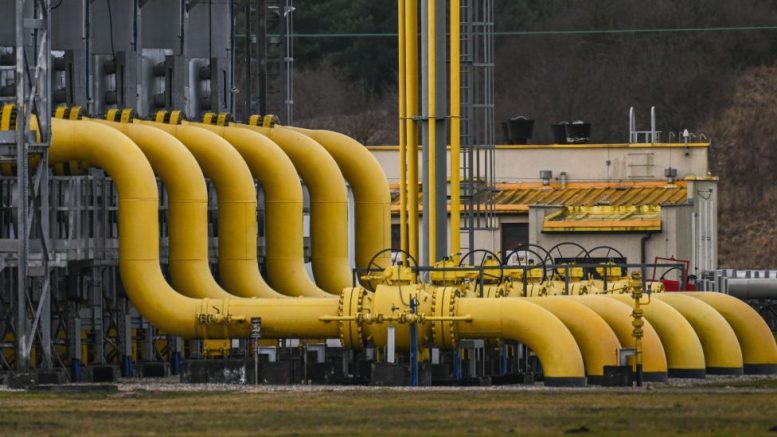Russia increased the gas dispute with the EU by cutting supply to key customers, increasing the danger of a hard winter of gas rationing and an increase in energy bills for consumers.
The substantially lower supply in Russia since last Wednesday and the upcoming annual maintenance of Nord Stream will stop all deliveries through the pipeline for 2 weeks in July. This will leave Europe scrambling before winter to fill gas storage locations to the required levels.
The Russia-European gas war caused benchmark prices to soar by 50% within a week and prompted European governments into considering, for now, energy-saving processes and shift to some coal-fired power source capacity in order to conserve as much gas.
The lower Russian flows and outage at Freeport LNG Export Terminal in the U.S. underscore Europe’s vulnerability to gas procurement and gas storage. This is unlikely to be restored to full operation until late this year.
Russia claims that the reduction of gas supply is due to technical reasons because a gas turbine in Canada was being repaired, but could not be returned due to Western sanctions. European leaders, including prime ministers of Germany (and Italy), which are Russia’s top clients and most directly affected by the gas supply cut, stated that the Russian move to reduce deliveries was a political decision while the Russian “technical” reasons were “lies”.
Fatih Birol (Executive Director at the International Energy Agency) stated last week that Europe faces a “red alarm” regarding gas supply.
“Recent disruptions in natural-gas supplies, notably Russia, which has cut flows to EU nations steeply, will result in the removal of around 35 million cubic meters of the gas market this year. This presents a huge challenge for efforts to refill storage. This is an alert for the EU to prepare for next winter,” Birol tweeted.
Not only reducing its supply via Nord Stream, Russia has also refused the commitment to additional capacity via Ukraine. According to Internet Bloomberg capacity booking results, Gazprom has not booked additional capacity to ship gaz to Europe via Ukraine in July at an auction. Russia’s gas supply to Europe is likely to remain low for a considerable time. Moscow may decide to increase the delivery curbs.
Europe, which is facing low Russian supply, is looking for coal-fired power to replace its gas-powered power generation.
EU member states must reach a minimum of 80% gas storage level by November 1. This is to protect against possible interruptions to supply. In 2023 the goal will be raised to 90% of full gas storage by November 1.
Wood Mackenzie warned Friday that Europe’s storage filling is at risk unless it takes additional supply-demand measures.
“If Gazprom still to restrict gas flows, in both instances storage will runout through winter unless any supply or demand measure is taken or Gazprom transmits additional gas via available scheduled capacity via Ukraine. However, we believe that this is unlikely,” said Kateryna Filippon, principal analyst for global gas research at Wood Mackenzie.
Europe’s race against the clock to fill gas storage has driven up gas prices benchmark in Europe and LNG prices, amplifying global energy price increases.
